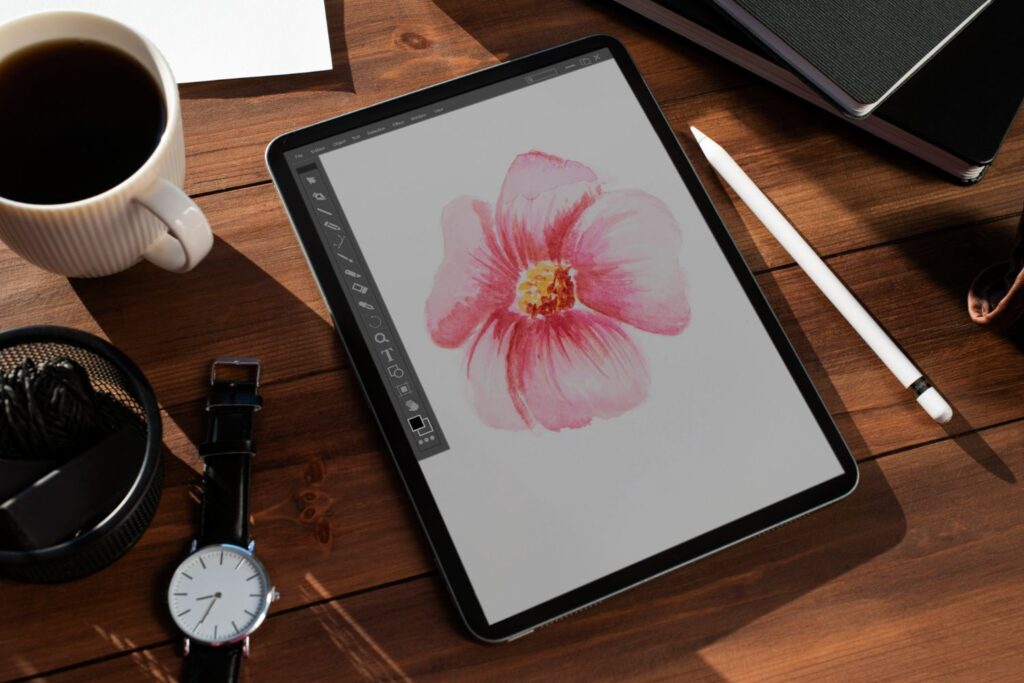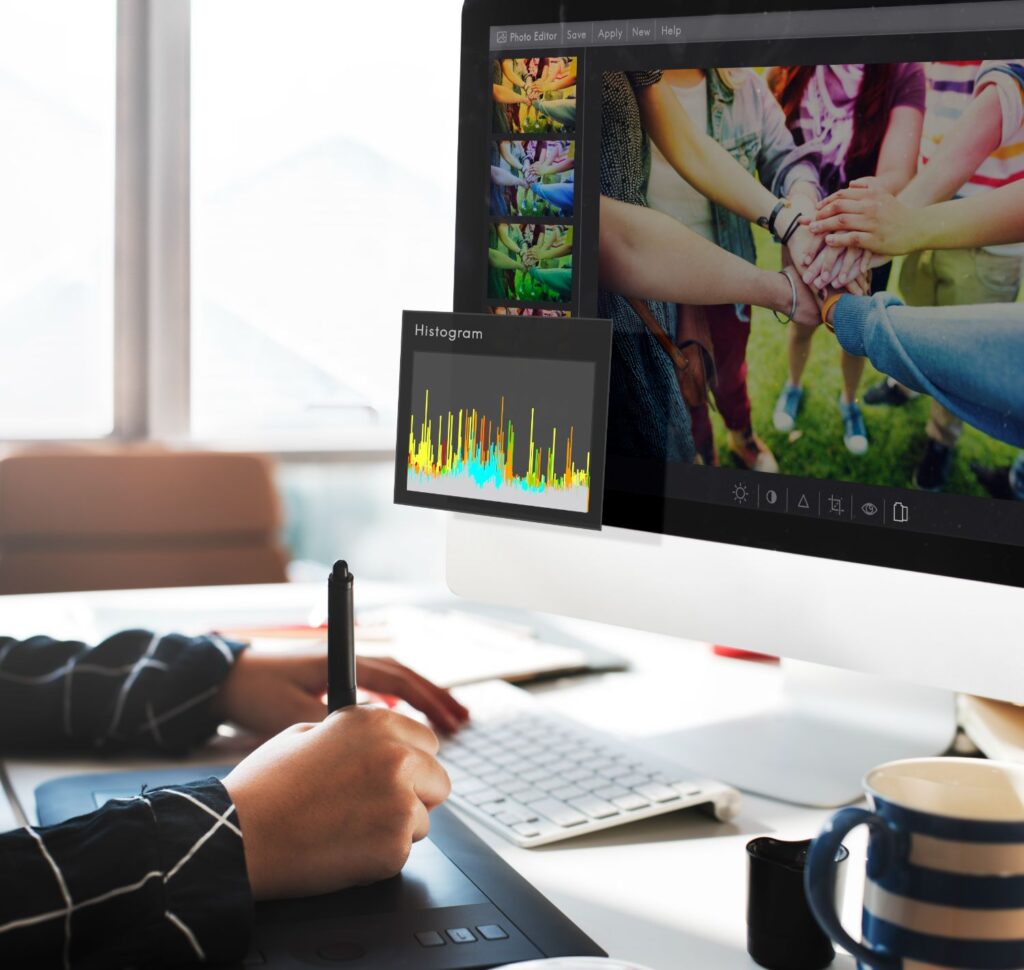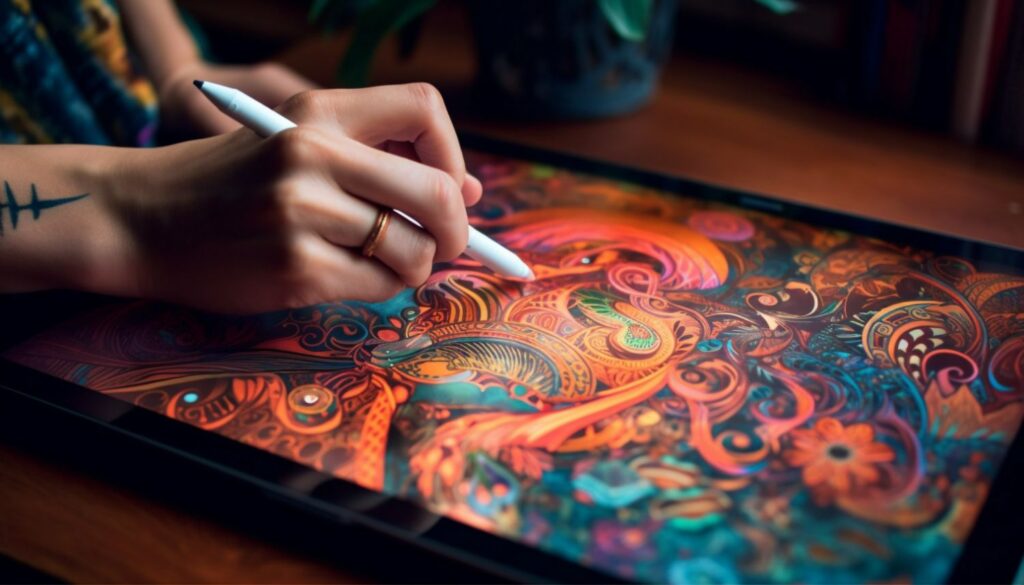Best Procreate Canvas Size: A Comprehensive Comparison
Procreate is an immensely powerful and versatile tool for digital artists, but choosing the right canvas size can be a challenge. In this comprehensive guide, we’ll help you discover the best Procreate canvas size for various types of projects, and compare different options to ensure top-quality results.
Introduction to Procreate Canvas Sizes
Canvas size in Procreate is crucial to the final output of your artwork. The key aspects to consider while choosing a canvas size include resolution, aspect ratio, and memory usage. Let’s understand the significance of each element and their role in determining the best Procreate canvas size for your projects.
Resolution
Resolution refers to the number of pixels present in one inch of your canvas. The higher the resolution, the more pixels, and more details in your artwork. A higher resolution is essential for creating print materials and high-quality digital art, but it also consumes more memory space and may slow down the app.
Aspect Ratio
The aspect ratio determines the proportion of your canvas’s width to its height. Maintaining the proper aspect ratio is necessary, especially when you’re designing for a specific device, social media platform, or printed material.
Memory Usage
Canvas size directly affects memory usage. Larger canvas size with high resolution consumes more memory space, which may limit the number of layers you can work with. Balancing between the canvas size and the number of layers is crucial for a streamlined workflow in Procreate.
A Comparison of Different Canvas Sizes
Below, we’ve compared various canvas sizes to help you make an informed decision based on your needs.
1. Social Media Graphics
For social media graphics, you’ll want to use canvas sizes that align with each platform’s guidelines. Some standard sizes for popular social media platforms include:
- Instagram: 1080 x 1080 pixels (square post), 1080 x 1350 pixels (portrait), and 1080 x 566 pixels (landscape)
- Facebook: 940 x 788 pixels
- Twitter: 1200 x 675 pixels
- Pinterest: 600 x 900 pixels
2. Web Design
For web design projects, using a canvas size close to the target device’s resolution is recommended. Some popular web design resolutions include:
- Desktop: 1920 x 1080 pixels (Full HD) or 2560 x 1440 pixels (QHD)
- Tablet: 768 x 1024 pixels (iPad) or 800 x 1280 pixels (Android)
- Mobile: 360 x 640 pixels to 480 x 854 pixels
3. Print Design
For print design, the appropriate canvas size depends on the dimensions and DPI (dots per inch) of the final printed product. Standard print sizes and corresponding DPI values include:
- Business Card: 3.5 x 2 inches at 300 DPI
- Postcard: 4 x 6 inches or 5 x 7 inches at 300 DPI
- Poster: 11 x 17 inches or 18 x 24 inches at 300 DPI
Remember, high DPI values are crucial for creating crisp and clear printed materials. A minimum of 300 DPI is recommended for most printed designs, while 600 DPI is ideal for finely detailed artwork.
4. Digital Painting
When working on digital paintings, the ideal canvas size depends mainly on the intended use of the artwork. For sharing high-quality digital paintings online, consider using a canvas size of at least 2000 x 2000 pixels with a minimum resolution of 300 DPI. This resolution will enable you to create detailed artworks and maintain their quality when zoomed in.
Factors to Consider when Choosing the Best Procreate Canvas Size
When picking the perfect canvas size, consider the following factors:
Final Output
Will your artwork be primarily viewed on digital screens, printed, or both? Choose a canvas size based on the output dimensions required for the final product.
Available Memory
Consider the memory limitations of your device when working with larger canvas sizes and higher resolutions. Balancing canvas size and the number of layers required for your project is essential to avoid running into performance issues.
Workflow Preferences
The canvas size you choose affects the level of detail you can achieve and the size of the brushes you can use. Determine whether you prefer working on large or smaller canvases and how that decision impacts your workflow and style.
Conclusion
Choosing the best Procreate canvas size depends on various factors, including the intended use of your artwork, the resolution required, and the limitations of your device. Once these aspects have been thoroughly reviewed, you’ll be better equipped to select the ideal canvas size that suits your project needs and optimizes your workflow.
FAQs
1. Does Procreate automatically adjust the resolution if I resize the canvas?
No, resizing the canvas in Procreate will not affect the overall resolution automatically. It’s essential to accurately determine the ideal canvas size and resolution before starting your project.
2. Can I adjust canvas size in Procreate after I start working on my project?
Yes, you can adjust the canvas size in Procreate even after starting your project. However, keep in mind that if you increase the size, you may lose some quality. It’s always better to set theappropriate canvas size from the beginning, rather than resizing later during the project.
3. What is the maximum canvas size in Procreate?
The maximum canvas size in Procreate is determined by the memory limitations of your specific device and the number of layers you require. Procreate will show the maximum canvas size along with the number of layers supported for your device when creating a new canvas.
4. Can I export my artwork at a higher resolution than the canvas size?
No, you cannot export your artwork at a higher resolution than its actual canvas size. Upscaling the exported file results in pixilation and loss of quality, so always set the desired resolution and canvas size prior to starting your project.
5. How do I manage memory consumption when working with large canvas sizes in Procreate?
To manage memory consumption with large canvas sizes, you can do the following:
- Optimize the number of layers: Merge or flatten layers whenever possible to reduce memory usage.
- Use a lower resolution: If your artwork is intended for digital screens and not print, consider reducing the resolution to 150 DPI.
- Close unused apps: Have only Procreate running on your device to ensure minimal memory consumption from other applications.
- Delete unwanted files: Clear out any unnecessary files or artworks from Procreate to free up storage space on your device.




